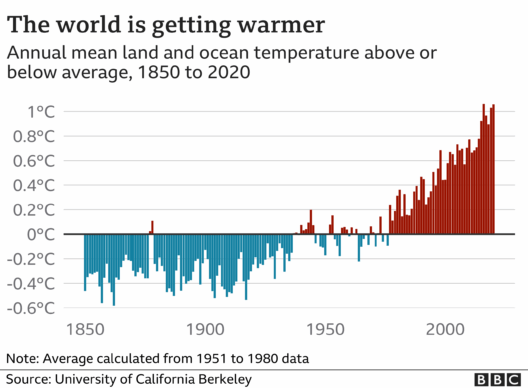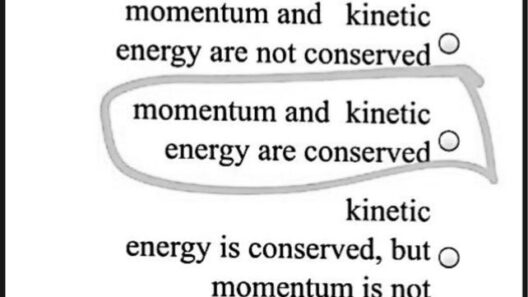In the realm of fundamental scientific principles, the concepts of conservation of mass and energy hold prime significance, often intertwining yet distinctly different. Understanding whether conservation of mass and energy equates to the idea of matter invites a thorough examination of both classical physics and modern scientific paradigms. A common observation in daily life is that matter seems to persist in various forms, whether through food consumption or the recycling of materials. This phenomenon, coupled with the principle that energy can neither be created nor destroyed, piques human curiosity about the interdependencies of these principles.
To delve into the query of whether conservation of mass and energy is the same as matter, we must first dissect the definitions of these terms. Matter is commonly recognized as anything that occupies space and possesses mass. This classification includes solids, liquids, gases, and plasma. In stark contrast, energy is a broader concept that encompasses various forms such as kinetic, potential, thermal, chemical, and others, which facilitate the performance of work.
The foundational pillar of the conservation of mass is attributed to Antoine Lavoisier’s work in the late 18th century. His experiments demonstrated that, in a closed system, the total mass remains constant regardless of the physical or chemical changes occurring. This principle implies that although matter can transition from one state to another—such as ice becoming water—its total mass remains unchanged. This observational framework underscores a critical aspect of matter: it is conserved in reactions and transformations.
On the other hand, the conservation of energy principle emerged prominently in the 19th century, with contributions from luminaries such as James Prescott Joule and Hermann von Helmholtz. This principle asserts that energy cannot be created from nothing; it can only change forms. For instance, chemical energy in food converts into kinetic energy when we eat and move. Thus, while mass can be directly observed and measured, energy’s existence often requires more nuanced understanding and interpretation through its manifestations.
While both conservation laws appear to be distinct, they are linked by the principles of thermodynamics and the infamous mass-energy equivalence established by Albert Einstein through his groundbreaking equation E=mc². Here, Einstein articulated a profound relationship between mass and energy, suggesting they are interchangeable aspects of the same phenomenon. Therefore, when exploring whether conservation of mass and energy is the same as matter, one must recognize that they interrelate profoundly, yet they are not synonymous. Matter represents a tangible reality, while energy pertains to the capacity for action or change.
Historically, physics supported a clear distinction between mass and energy until the advent of modern scientific theories, which opened complex avenues of thought. For example, light behaves as both energy and mass under specific circumstances, such as in the context of relativistic physics. Photons, the constituents of light, carry energy and can exert pressure (radiation pressure), subtlety steering our understanding of mass and energy interactions in phenomena such as greenhouses or solar panels.
The enchantment surrounding these principles arises from their implications in our natural world. At a molecular level, matter undergoes continuous transformations, while energy not only facilitates these reactions but also influences the stability and behavior of matter. A prime example is combustion, wherein chemical energy stored in fuels converts into heat and light—an observable manifestation showcasing the conservation of energy principle.
Additionally, the realm of chemistry frequently navigates the principles of conservation of mass. Chemical reactions demonstrate that reactants’ total mass equals the products’ total mass, despite changes in molecular structures. This reality fortifies the argument that mass is conserved separately while energy transforms throughout the reaction process. This balletic interchange enlivens the tapestry of nature, presenting an intricate balance between mass and energy while retaining their individual identities.
In exploring these themes further, one might question humans’ fascination with these ideas. The transition of matter through various forms engenders an intrinsic curiosity about the origins and destinations of the physical world surrounding us. Beyond the scientific realm, these concepts resonate philosophically. They call for contemplation on interconnectedness and the transient nature of existence. For example, considers the concept of ecological cycles—where energy from the sun drives processes varying from photosynthesis in plants to the creation of biomass that sustains ecological networks. Here, conservation principles are paramount, teaching lessons on sustainability and coexistence.
With the impending challenges of climate change and resource depletion, the significance of understanding conservation principles cannot be overstated. Efficient energy use, circular economies that focus on recycling and reusing materials rather than finite resource extraction, embody these fundamental concepts in practice. The intertwining of mass, energy, and matter continually unfolds intricate narratives about environmental stewardship and responsible advancement.
Through this lens, the juxtaposition of conservation of mass and energy against the backdrop of matter reveals a framework essential for recognizing both the physical and narrative complexities of the world around us. While not identical, they form pillars of understanding encompassing how we perceive and engage with this existential plane. These principles merit recognition not only for their scientific implications but for their role as guiding philosophies advocating for sustainable interaction with nature.
In conclusion, while the conservation of mass and energy is not synonymous with the concept of matter, they share a profound, nuanced relationship that signifies the very essence of our universe. Through understanding these principles, one gains insight not only into the mechanics of the world but the philosophy of existence, compelling societies to evolve toward awareness and responsibility in managing the delicate balance of life.






